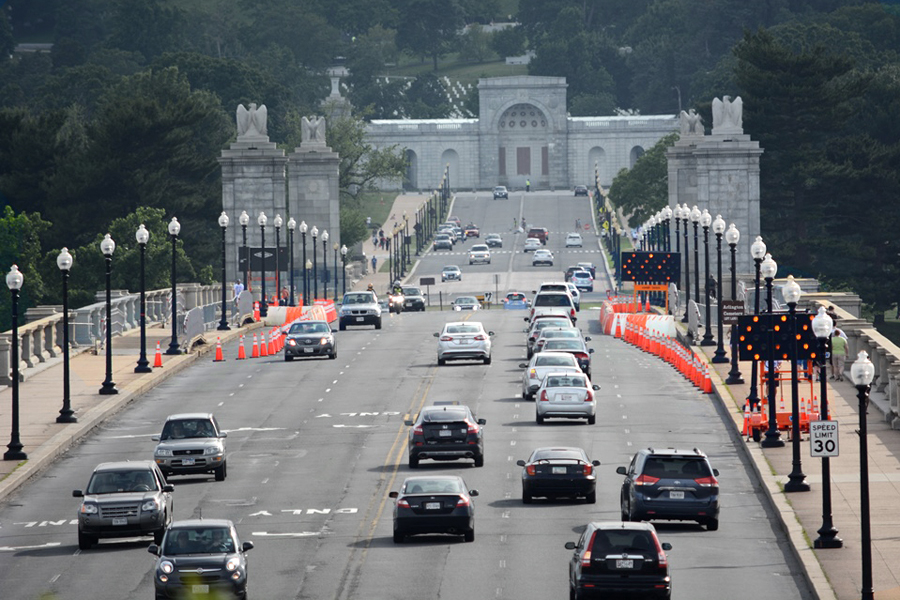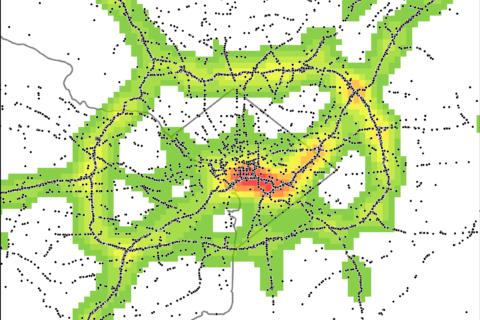WASHINGTON — Most people drive over and under dozens of them every day, but almost 25 percent of the nation’s bridges are structurally deficient or functionally obsolete, according to a new Government Accountability Office study.
Using data in the Federal Highway Administration’s national bridge inventory, 10 percent of the nation’s 610,749 bridges are structurally deficient, which means one or more components, such as a bridge deck, is in poor condition.
Even more of U.S. bridges — 14 percent — are functionally obsolete, with a configuration or design that may no longer be adequate for the traffic it serves, such as being too narrow or having inadequate overhead clearance.
Neither classification suggests traveling on the bridge poses any immediate danger.
On the positive side, bridge condition have improved dramatically in the past decade, according to the report.
“Structurally deficient bridges decreased by 21 percent between 2005 and 2014, and functionally obsolete bridges decreased by 6 percent; but at the same time, structurally deficient deck area decreased by 20 percent while functionally obsolete deck area increased by 9 percent,” according to the report.
The deck area of a bridge is the width of the roadway surface multiplied by the length of the bridge.
According to the GAO, in the years after between 2005 and 2014, the nation added more than 15,000 bridges and almost 400 million square feet of deck area.
In 2012, Congress and President Barack Obama implemented a funding and authorization bill, which made substantial changes to in how bridge projects can be managed, funded and prioritized by states.
“Between 2005 and 2014, the number of structurally deficient bridges decreased in 43 states and D.C. but increased in 7 states and Puerto Rico. The number of functionally obsolete bridges decreased in 33 states and D.C., but increased in 17 states and Puerto Rico,” according to the GAO report.
Virginia and Maryland bridge deficiencies have declined in the past decade, according to FHA data.








